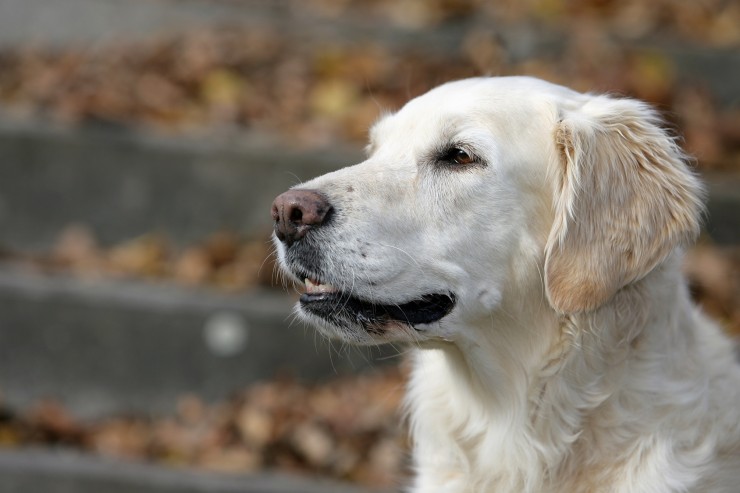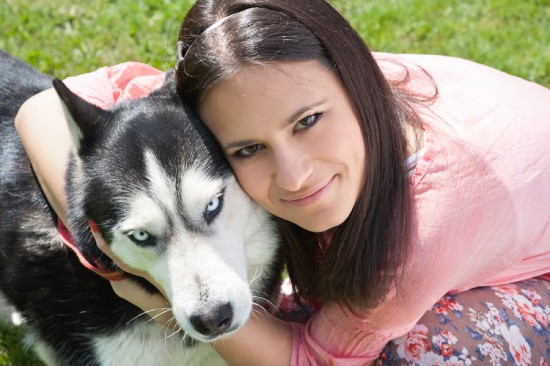Most people understand or know a bit of first aid for humans but many dog owners are not as familiar with the basic first aid for their dogs. While several of the techniques are very similar it is important to review them and to keep basic first aid supplies for dogs in your house or with you when you are on an outing. A small first aid supply kit kept in your car can be a live saver for your pet.
There are several fairly common issues that can arise when you are out with your dog that require first aid attention. As with all injuries it is important to get the dog to a vet as soon as possible.
Heat stroke ?many dogs, especially those with short muzzles (brach cephalic) dogs such as Pugs, Bulldogs, Shih Tzu, Lhasa Apso, Boxers and Pekingese can suffer from heat stroke. This occurs because the nasal passages are not long enough to allow proper cooling of the air. If you notice your dog begins to wheeze or even stagger and cough immediately discontinue the activity and get the dog into the shade or in a cool area. Sponge the dog with cool water and encourage them to drink small amounts.
Burns ?burns are relatively rare on dogs but occasionally happen when camping and when there are fires. Be sure to immediately apply a wet, cold compress to the burn area and apply gentle pressure. Do not use a dry cloth as it can cause problems if the area seals over with the cloth in the tissue. A moist cloth will prevent this from happening as much as possible. Never use butter or other fatty or oily substance on a burn. Keep the area clean and free from debris until it can be treated by a vet.
Cuts ?cuts to the body, head and feet should immediately be covered with a sterile bandage or cloth and gentle pressure applied to stop the bleeding. The dog should be immobilized in a blanket or towel to prevent any movement. Wrapping a dog in a towel or blanket can be difficult and it usually requires more than one person, especially if the dog is panicking or in pain.
Objects stuck in the mouth or throat ?often dogs will find bit of bone or even sticks that splinter and cause choking. If your dog is pawing at its mouth, drooling or salivating excessively or constantly working its jaw there may well be something stuck in the back of the mouth or throat. Do not attempt to pull out the object, rather immobilize the dogs muzzle using a strip of cloth or a muzzle. Never make the bandage too tight as this can cause breathing problems. Immobilize the dog and take them to a vet immediately.
Eating Poisonous substances ?Locate the item the dog ate and bring it with you to the vet. Do not attempt to force the dog to vomit as this can burn the esophagus and stomach and cause further complications. Immediately transport the dog to a vet. Calling ahead to let the vet know what the dog has eaten helps the vet prepare for the emergency. In addition the vet may be able to give further instructions on what to do.
Frostbite ?dogs that are left too long in cold conditions can get frostbite, usually on their ears, tails and feet. Bring the dog immediately indoors and apply warm, not hot, compresses to the area. Do not use a hair dryer or other direct heat source. Immediately take the dog to the vet to avoid tissue loss and permanent damage.
Many vets, colleges and grooming and training professionals offer courses in pet first aid. Plan to attend one and learn more about what you can do to help your dog in an emergency situation.

 How To Stop Your Cat From Scratching Indoors
How To Stop Your
How To Stop Your Cat From Scratching Indoors
How To Stop Your
 Can Copper Dog Collars Help To Ease Canine Arthritis?
Can Copper Dog Co
Can Copper Dog Collars Help To Ease Canine Arthritis?
Can Copper Dog Co
 How To Introduce New Fish Into A Tropical Fish Tank
How To Introduce
How To Introduce New Fish Into A Tropical Fish Tank
How To Introduce
 Zoonotic Diseases From Dogs And Cats
Zoonotic Diseases
Zoonotic Diseases From Dogs And Cats
Zoonotic Diseases
 Why Do Dogs Get The Shakes ?
Why Do Dogs Get T
Why Do Dogs Get The Shakes ?
Why Do Dogs Get T